'Creating work that is true to ourselves': Wahab Shah on the evolution of identity through dance
Wahab explores his deep connection to the embodied and conscious experiences of dance in a recent project
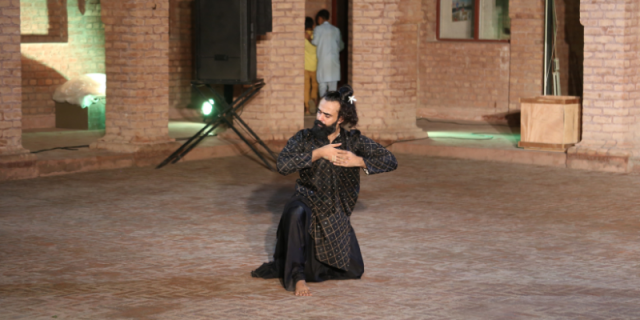
Renowned dancer, choreographer and teacher Wahab Shah joined forces with fellow choreographic artist Bridget Fiske in a project about the self-exploration of dance and what the art form means to them.
The project, appropriately titled On The Hour: Dance Kahanyan, contains a 20-minute documentary called Quoting Movement that encompasses the Dance Kahanyan journey. As the artists explore their deep connection to the embodied and conscious experiences of dance, Wahab and Bridget travel to Manchester and Karachi, respectively. Within these foreign cities, they are seen connecting with local dancers on the margins as well as local dancers in the mainstream to learn more about the preservation of culture, as well as the universality, that dance entails.
Championed by the British Arts Council, the project launches its latest Pakistan/UK: New Perspectives season which also includes two creative short films by the choreographers. The short by Wahab, titled Ki Jaana Main Kon, sees eight young people from Thethar village, Lahore, as they perform a haunting routine on a kalam by Sufi poet Bulleh Shah.
As Wahab spoke to The Express Tribune in an email conversation, we gained greater insight into the project, Wahab’s evocative short film, as well as the complexities of budding dancers trying to season themselves as the culture movers of today.
The routine in Wahab’s short Ki Jaana Main Kon, based on the question of self and identity, was taught by Wahab and created using choreographic scores and material generated through the trips and exchanges between Wahab and Bridget. Wahab describes his process behind the selection of Bulleh Shah’s kalam and storytelling through dance, saying “It’s self-explanatory, that Baba Bulleh Shah is asking this question, everyone else is asking the same question, and after 100 years today, even I am asking the same question. These kids, with whom I have worked for Ki Jaana Main Kon, are also asking the same question. So, the tribute of storytelling through dance was a very natural process. It was all question and answer. Rather, there was no answer, but only a question.”
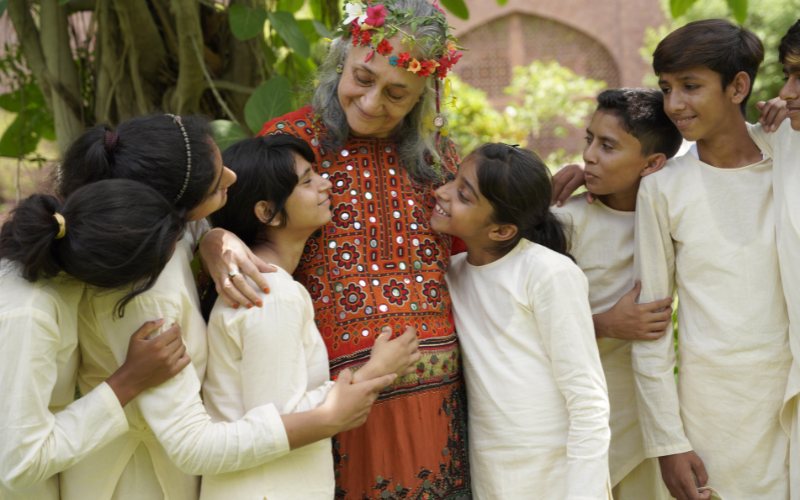
When asked about the contribution of dance to the development of self, identity and community in one’s unique way, Wahab said, “So when we are born with a unique identity, we have a unique retina in our eye, we have a unique fingerprint, we have unique hair follicles, we have a unique voice box that we speak with and to top it all off, when we're born we're all given a unique name to be identified with. So inherently, we are all born into this world as unique beings. And then, as we grow up, we are supposed to adhere to the generic construct of society, and within those boxes of society we need to also find our own unique way of contributing.”
He continues, “Whatever the dancer does, is that a dancer actually looks at the universe and looks at the world they exist in and picks up a point as a unique way of explaining that concept to the world. And I think it's only the unique identity that the dancer is born with and the idea they have come up with that is important for the evolution of the human, or evolution of the arts, or the evolution of the mind. Because whatever we live in and whatever we're experiencing today was thought of by a unique person in a unique way and now it's become part of our life, and we use it in an everyday context.”
Through his years of choreographing for both the local and global stage, Wahab touched upon his historical perspective on the dance community in Pakistan, saying “I think the dance community in Pakistan is misunderstood because of various factors. I might be completely off, I might be a little controversial, but I have to say it. I think that while we achieved physical freedom in 1947, we remained the people of the Subcontinent. We were never warmongers, we were artists and dancers. So, when that line was drawn, we fell into our ego and decided we needed to form an identity of our own. However, we never made that new identity, we simply adopted the Middle Eastern identity to detach ourselves from our identity in Hindustan. We were neither here, nor there.”
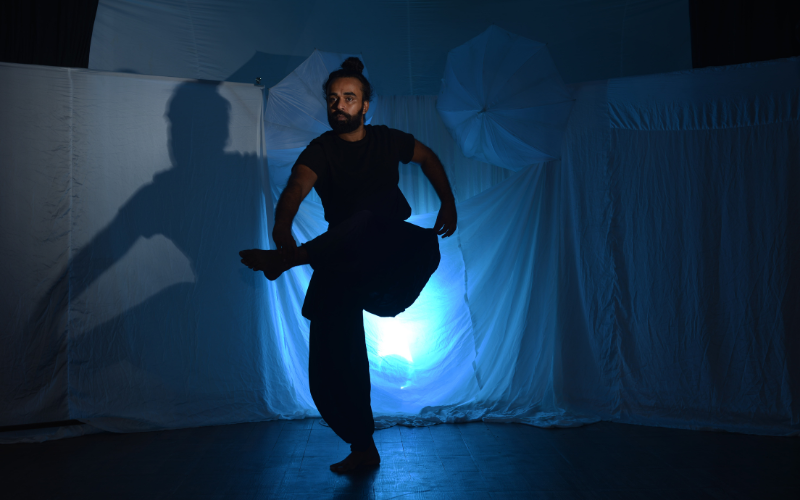
Wahab highlights further, “I think we won’t ever fully develop until we, alongside this line or boundary, recognise our existing heritage. The good, the bad, the ugly, it is all us and we need to embrace it. The more we embrace it, the more beautiful and individual we’ll appear to be on the global scale. Internationally, people have no interest if a dancer in Pakistan is performing a second-grade Bollywood dance, or if they watch a bad rendition of hip-hop from a dancer in Pakistan who is trying so hard to copy somebody else. I think if we change the context of the understanding of the self, we can still do hip-hop. But what is our local hip-hop? What is it influenced by? What are the reasons behind it?”
“The dance forms that have emerged over time, whether from America or Bollywood, we have just copied them. Instead, we have to look within ourselves and figure out the beautiful things we have. By honing our tools and our craft, we can create work that is true to ourselves, through which we will stand out as individuals on a global scale. That's what I feel, that at a global scale, we are not understood yet. That's because we haven't really understood ourselves yet. So it starts from within the country, within the boundaries, within the community, and within the society of dance to first accept the self and really work on it. And then once you start working on it, the manifestations of it will have an echo, which will be global,” the choreographer concluded.
Have something to add to the story? Share it in the comments below.


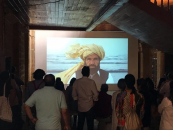
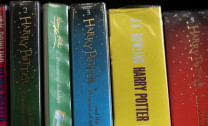















COMMENTS
Comments are moderated and generally will be posted if they are on-topic and not abusive.
For more information, please see our Comments FAQ